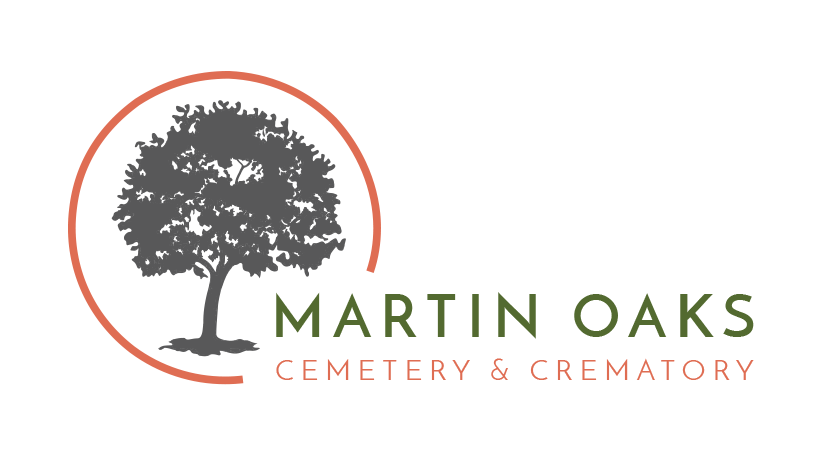Beyond the Casket: Decoding the Essential Vocabulary of Final Arrangements 📚
When you are facing the loss of a loved one, the last thing you need is to feel lost in a sea of unfamiliar industry jargon. The funeral and crematory profession uses specific terminology that, while necessary for clarity in the industry, can feel confusing and overwhelming to families during a time of grief.
To help you navigate this process with more confidence and less stress, here is a breakdown of the essential vocabulary you may encounter when making final arrangements.
Part I: Key Terms for the Cremation Process
Cremation is a preferred choice for many families, and understanding the language around it is crucial for peace of mind.
Crematory: This is the facility where the cremation takes place. Martin Oaks operates its own crematory on-site.
Cremation: The process of reducing the deceased to bone like fragments (ashes) through extreme heat and vaporization/dehydration.
Cremator: The incinerator machine specifically designed to cremate deceased humans (or pets).
Cremated Remains: This is the correct, professional term for what is commonly called "ashes." They are primarily pulverized bone like fragments consisting mostly of calcium. Calcium doesn’t vaporize even at the high temperatures generated in the cremator.
Chain of Custody: This is a critically important protocol. It is a documented, step-by-step procedure that tracks and verifies the identity of the deceased from the moment they enter our care until the cremated remains are returned to the family or interred. Martin Oaks utilizes a strict Chain of Custody to ensure the integrity of every service.
Urn: A container specifically designed to hold the cremated remains.
Part II: Burial and Memorialization Locations
Deciding on a final resting place involves understanding the options for permanent memorialization.
Cemetery: A place designated for the burial or interment of the deceased.
Interment / Inurnment / Inhumation:
Interment is the general term for placing remains (casket or urn) in a final resting place.
Inurnment specifically means placing cremated remains into an urn plot, mausoleum niche, or burial lot. Also used to describe the act of placing cremated remains in a permanent urn for display or interment.
Inhumation specifically refers to the burial of a casket in the earth.
Columbarium: A structure with niches (small recessed compartments) designed to hold urns containing cremated remains.
Mausoleum: An external, free-standing building constructed as a monument that contains crypts or burial chambers for above-ground interment.
Grave Marker / Monument / Headstone: A structure, usually of stone, bronze, or other durable material, that marks the location of a grave and provides identifying information about the deceased.
Part III: Services and Ceremonies
The farewell event is often the most significant part of the grieving process. There are many names for these services, each with a slightly different focus, but at the end of the day all are considered Funeral Events; call it whatever you prefer. Never let someone tell you what you should all a personal tribute ceremony for your loved one.
Funeral Service: A ceremony that occurs with the deceased present (either in a casket or an urn), typically soon after the passing. It is often a more traditional, formal, and religious service.
Memorial Service: A ceremony that is held without the deceased's physical remains present. This service can happen days, weeks, or even months after a burial or cremation, offering flexibility for traveling family and different scheduling needs.
Celebration of Life: This is a more modern, often secular (non-religious) service. It emphasizes the life lived rather than the solemnity of death, and typically features personal stories, favorite music, photos, and a celebratory tone.
Committal Service / Graveside Service: A brief ceremony performed at the gravesite, mausoleum, or columbarium niche at the time of final disposition.
Your Guide to an Informed Choice
The journey through final arrangements is deeply personal, and the choices you make should reflect the life and wishes of your loved one. By understanding these key terms, you are better equipped to communicate your needs and make confident decisions that honor your family's history and values.
At Martin Oaks, we are committed to upholding the dignity and respect of every life. Never hesitate to ask us to clarify any term or procedure—we are here to be your clearest, most reliable guide through this process. And we will never tell you that you can’t have a funeral without your loved one’s remains present if that’s your wish.
